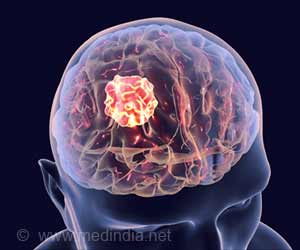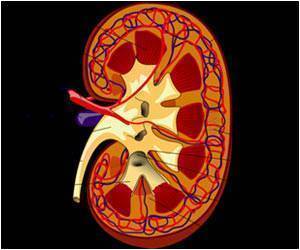A stroke or injury to one side of the brain causes movement difficulties on the opposite side of the body. Scientists have previously thought that this is because nerves from one side of the brain control activity on the opposite side.
‘Hormones may produce different effects on the left and right-hand sides of the body and the study shows how these actions contribute to movement impairments following brain injury.’
But recent studies have shown that giving rats without a brain injury certain hormones can cause movement responses similar to human motor deficits on one side of the body. “This led us to ask whether pituitary hormones might mediate in part the side-specific movement problems humans can experience after brain injury,” explains Georgy Bakalkin, Professor at the Department of Pharmaceutical Biosciences, Uppsala University, Sweden, and a co-senior author of the study.
To investigate further, Bakalkin and the team examined the effects of a one-sided brain injury in rats that lacked the connection between the brain and nerves that regulate the hindlimbs. They found that, even without this connection, the hindlimb on the opposite side to the injury had impaired reflexes.
However, animals that lacked the pituitary gland, a hormone-producing gland connected to the brain, did not experience these problems. Two pituitary hormones -endorphin and Arg-vasopressin appeared to play a role. The team then gave rats without a brain injury these two hormones and found that they also developed hindlimb contraction on the right side.
Next, they tested what would happen if they gave the rats with a left-sided brain injury drugs that block the effects of these two hormones. They found that the animals did not develop right-sided movement problems. This suggests that the hormones convey side-specific signals after a brain injury and treating patients who have a similar injury with drugs that block the effects of these hormones might be beneficial.
“These observations suggest that the endocrine system through hormones in the blood may selectively target the left and right sides of the animals’ bodies,” Bakalkin concludes. “This is an unusual phenomenon that requires verification in other animal models. We must be cautious in the interpretation of these findings and their biological implications before further research is carried out. But if future studies confirm the benefits of treatments that block these hormones, they may offer a new approach to treating movement problems following stroke or injury.”
Source: Eurekalert



